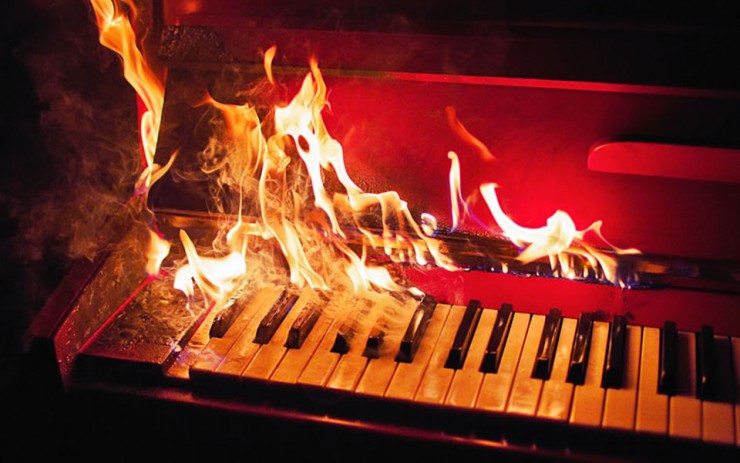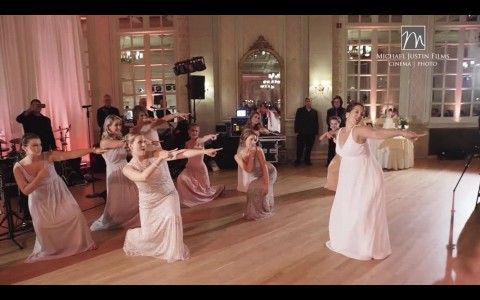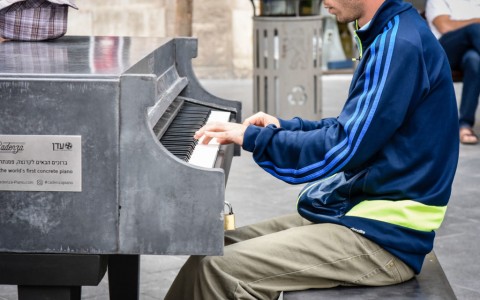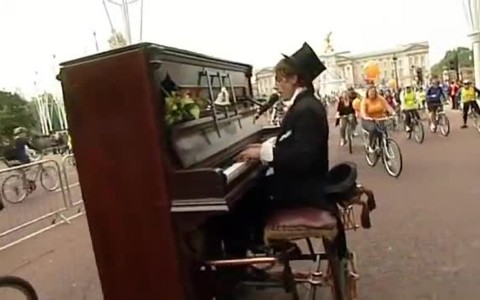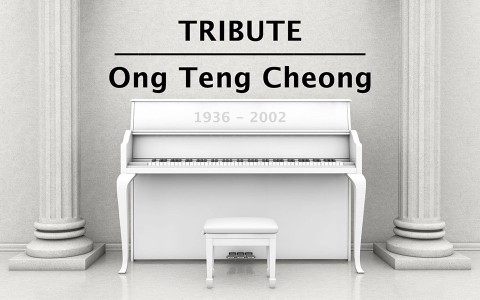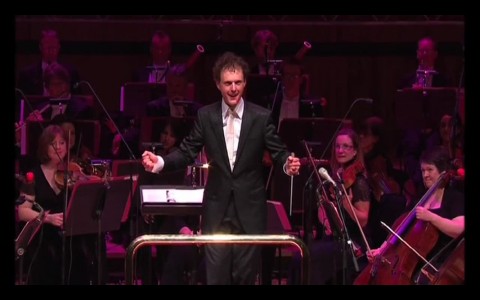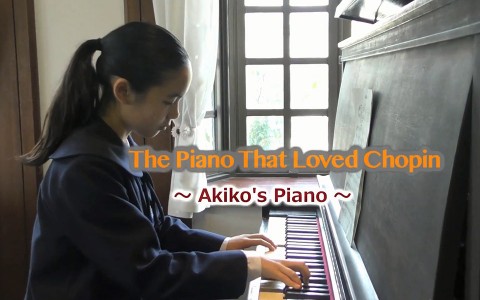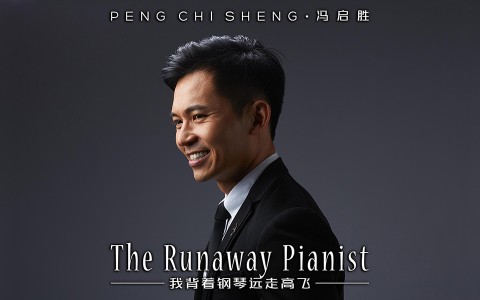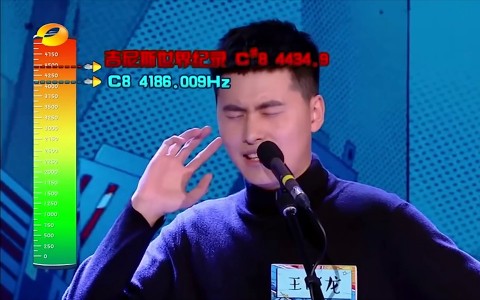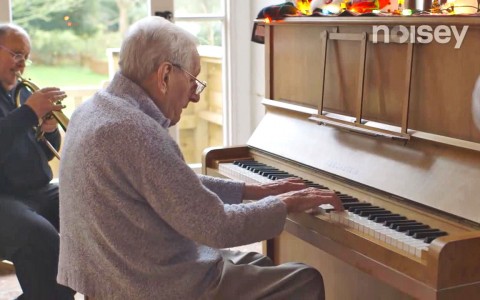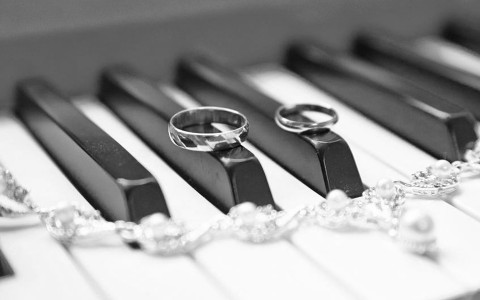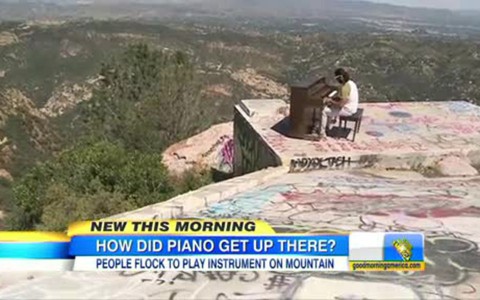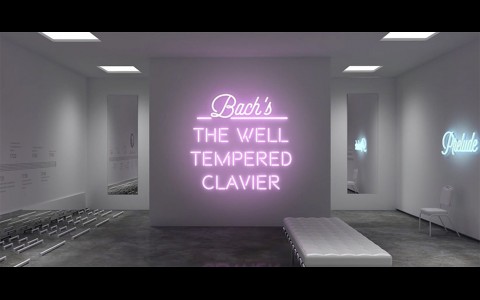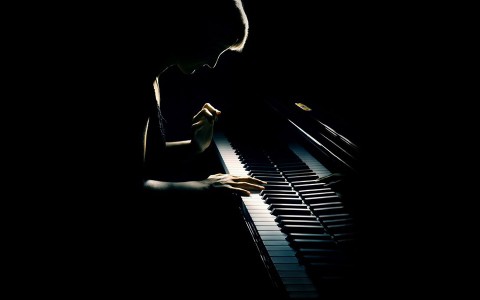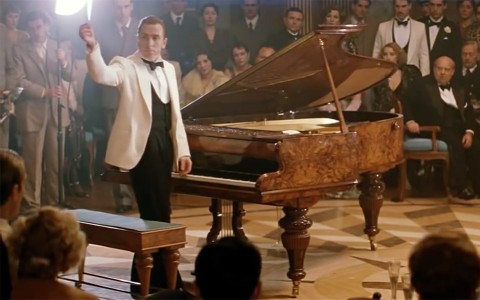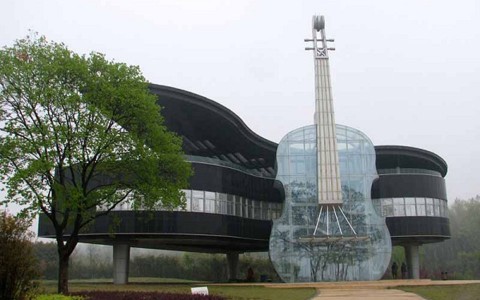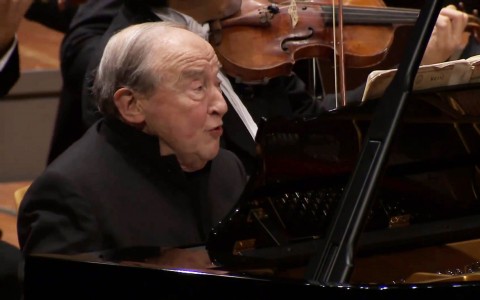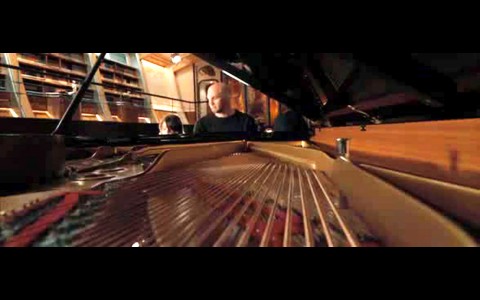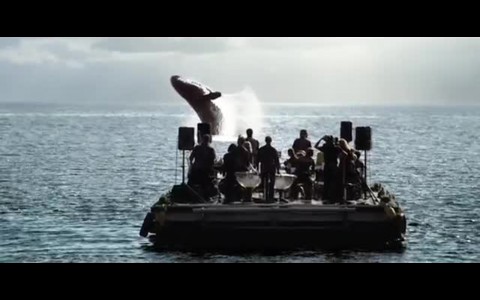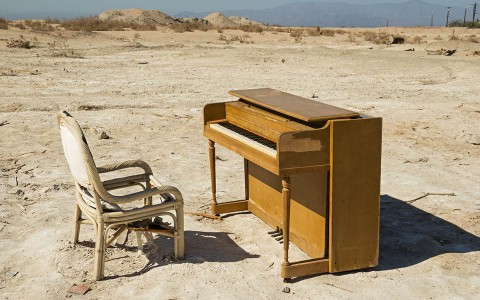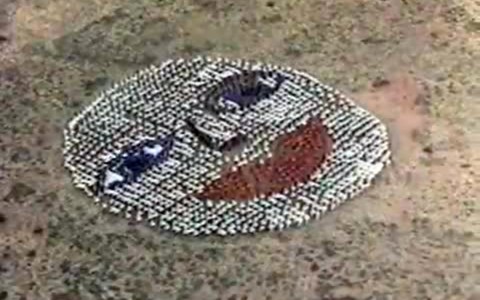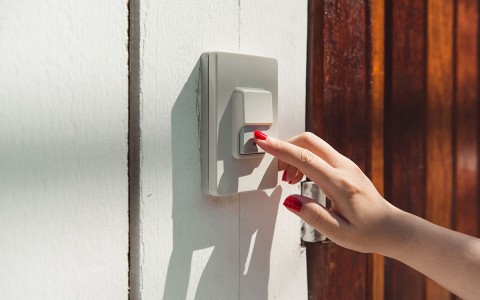A piano is often lamented as an expensive piece of equipment, easily costing thousands of dollars. However, did you know that there is such an act as Piano Burning?
That’s crazy, some may think, maybe the person is absolutely insane- or just really hates the piano. However, that is not so. Piano Burning is an action of setting an acoustic piano on fire. It is usually ceremonial or for visual entertainment.
How this tradition began is a mystery. Some say that this may have started when the RAF decided that their pilots had to undergo etiquette training to have more decorum- which included learning the piano. The pilots detested these ‘unnecessary’ lessons, and thus burned the piano. Another myth is that an RAF fighter pilot who played the piano regularly in his squadron was killed in action. To commemorate his death, his squadron mates burned the piano, symbolising that the piano is played by him and only him.
In present day, the burning of pianos are carried out in performances for entertainment or as a form of art. Several contemporary musicians have performed on pianos which have been intentionally set alight.
On March 8, 2008 at Noto Resort Area Masuhogaura, Shika-machi, Ishikawa, Japan, Yōsuke Yamashita performed on a piano while it was being burnt, twice, once in 1973 by the request of Japanese graphic designer Kiyoshi Awazu as part of his short film, Burning Piano; and again in 2008 as a performance on a beach. Calling his performance an act of artistic expression, Yamashita remarked, “I had decided to keep on playing until the piano stopped making sounds, so though I did not mean it, but it ended up having a life-or-death battle between the piano and myself.” This shows how such a radical and experimental performance brings a thrill and a challenge some artists simply cannot resist.
Diego Stocco is another musician who has burnt his piano, and what’s more, collected sound samples of it. A sound designer and performer for video games such as Assassin’s Creed, Stocco composed a piece called The Burning Piano, which is made up completely of his recordings of a burning piano such as exploding strings. Speaking of his niche of creating sounds with experimental techniques and natural sound sources, Stocco explained that it was his fascination with experimenting with real world objects and environments, to make his pieces “a hybrid of tonal and atonal, raw and polished.”
The “Don’t try this at home’ forewarning falls on deaf ears for Annea Lockwood. Her instructions are simple: Place the piano outside, light a fire near the pedals (through spilling lighter fluid on paper, no less), and play until the piano is burnt. Her composition shows how performances do not have to be full of frills and fancies; being original and thinking out of the box are already enough to produce creative pieces.
Douglas Gordon burnt a piano as part of his film The End of Civilisation, commissioned by Locus+. He explains the symbolism of piano burning: "a piano started to represent for me the ultimate symbol of western civilisation. Not only is it an instrument, it's a beautiful object that works as a sculpture but it has another function entirely."
Michael Hannon commonly composes pieces of pianos whose insides have been changed, even if it means burning pianos. His 2004 work Burning Questions was based on the theme “Passing through”, where he elaborated “The piece explores the audience responses to experimental music... a fire now passed through the piano and the microphones, and I was passing through a significant life milestone.”
That’s not fair, you may protest, it’s a waste of pianos. Not at all. Artists maintain that pianos should be old and broken before burning them. Before giving instructions on how to burn pianos on her website, Lockwood warns “All pianos used should already be beyond repair.”
